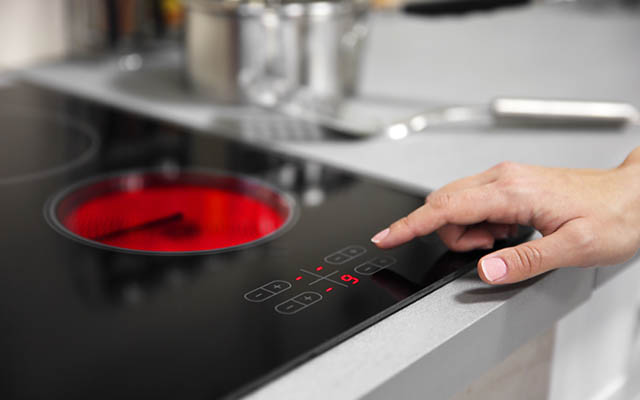In a world increasingly focused on sustainability and environmental responsibility, the way we prepare our meals plays a crucial role in reducing our carbon footprint. One such innovative solution that has gained popularity in recent years is energy-efficient induction hobs. These sleek and modern kitchen appliances are not only changing the way we cook but are also contributing to a greener and more eco-friendly future. Induction hobs work on a simple yet highly efficient principle. Instead of using traditional gas burners or radiant heating elements, they rely on electromagnetic fields to directly heat the cookware. This method is remarkably efficient because it heats the pan or pot directly, ensuring minimal heat loss to the surrounding environment. This feature alone sets them apart as a greener cooking solution. Compared to conventional gas stoves, induction hobs have several advantages when it comes to energy efficiency. Firstly, they heat up much faster, reducing the time the appliance is in operation.

Secondly, they provide precise temperature control, which means that you can cook at the exact temperature required, thereby preventing unnecessary energy waste. Additionally, induction hobs only generate heat where the cookware is in contact, which minimizes heat dispersion and enhances their safety. Induction hobs are also a safer option for households. Because the surface itself does not get as hot as gas burners, there is a lower risk of burns or accidental fires. Safety features like automatic shut-off timers and child locks add an extra layer of protection, making them a popular choice for families. Furthermore, induction hobs are easier to clean and maintain than traditional stoves. Their flat, glass-ceramic surfaces are smooth and require only a quick wipe-down after use, which not only saves time but also conserves water and cleaning materials.
From an environmental perspective, induction hobs significantly reduce greenhouse gas emissions. When powered by electricity from renewable sources, they can operate with almost no carbon footprint. They also contribute to improved indoor air quality by eliminating the combustion byproducts associated with gas stoves. While the initial cost of an induction hob may be higher than that of a traditional gas stove, the long-term savings on energy bills and the positive impact on the environment make them a wise investment. Many governments and utility companies offer incentives for switching to energy-efficient beste inductiekookplaat appliances, further making the transition to induction hobs an attractive choice. Their ability to heat cookware directly, coupled with precise temperature control and ease of maintenance, positions them as a sustainable and eco-friendly choice for households. As the world continues to prioritize sustainability, these innovative kitchen appliances are leading the way towards a more environmentally responsible future.
